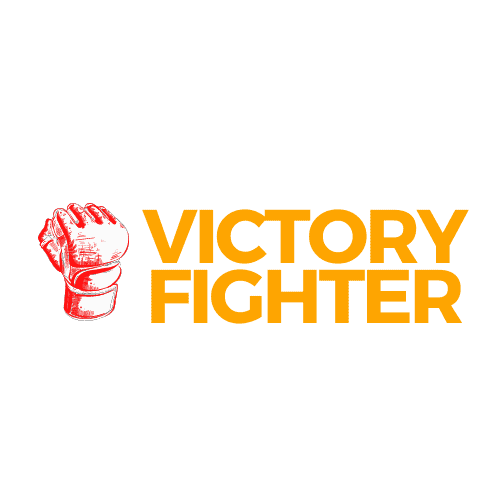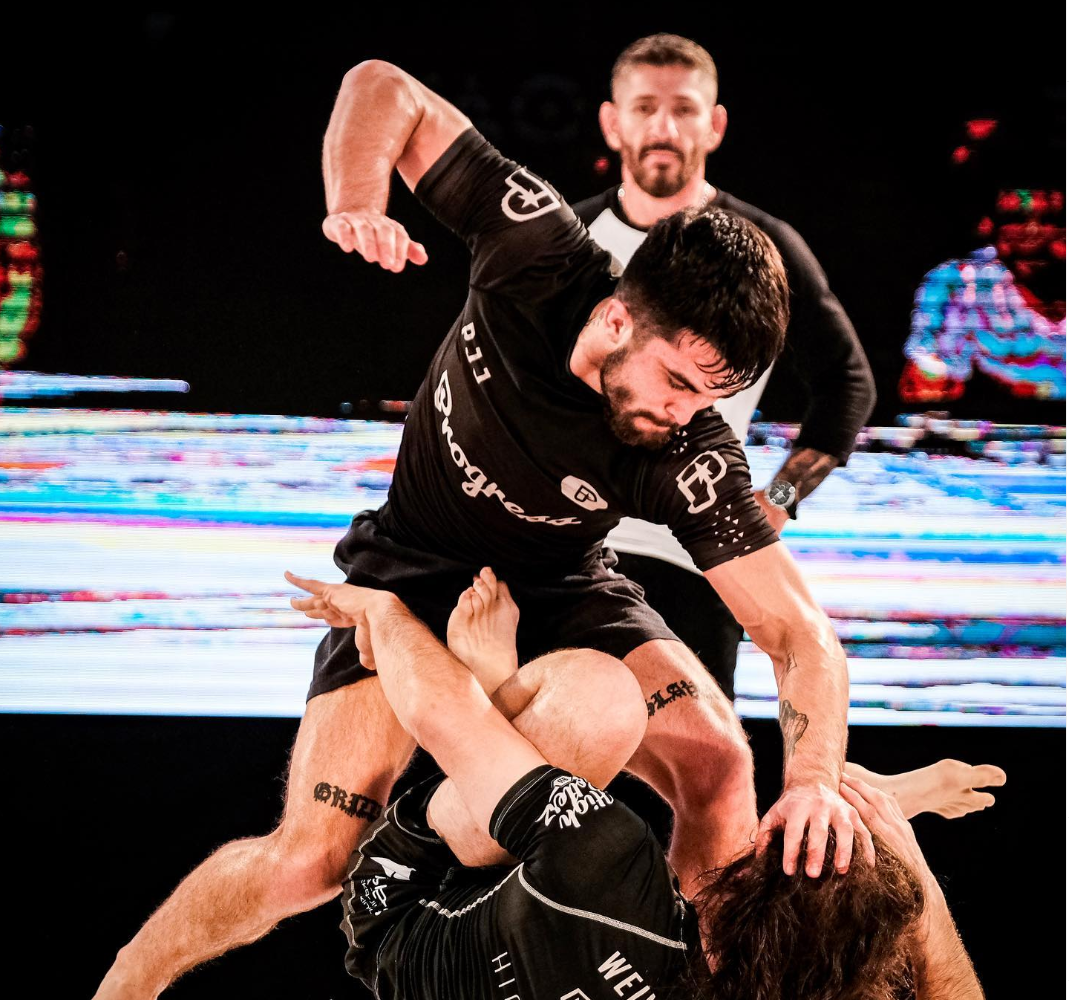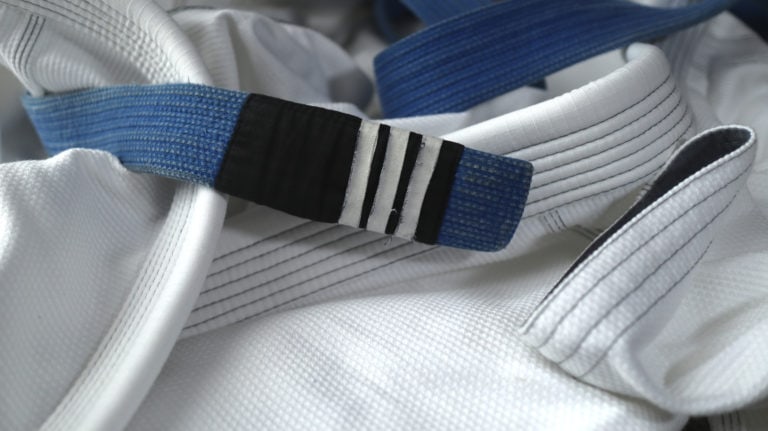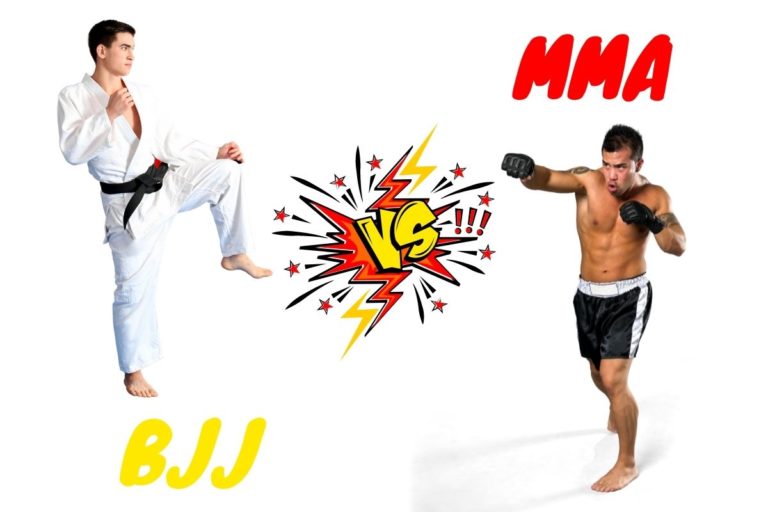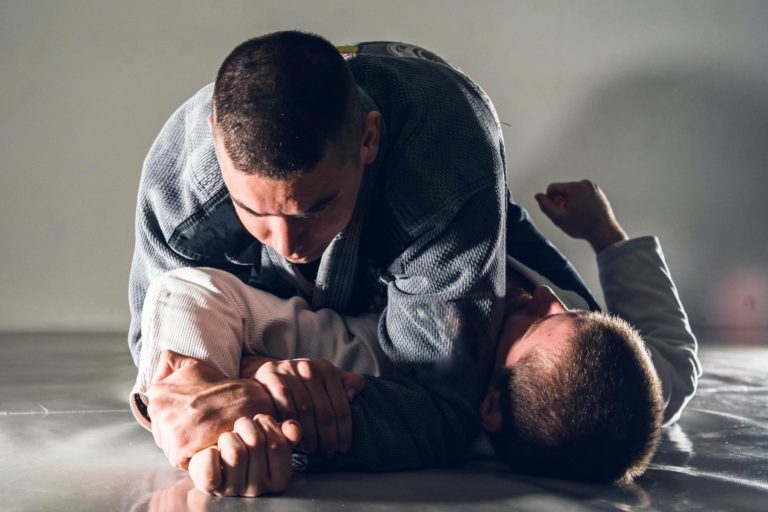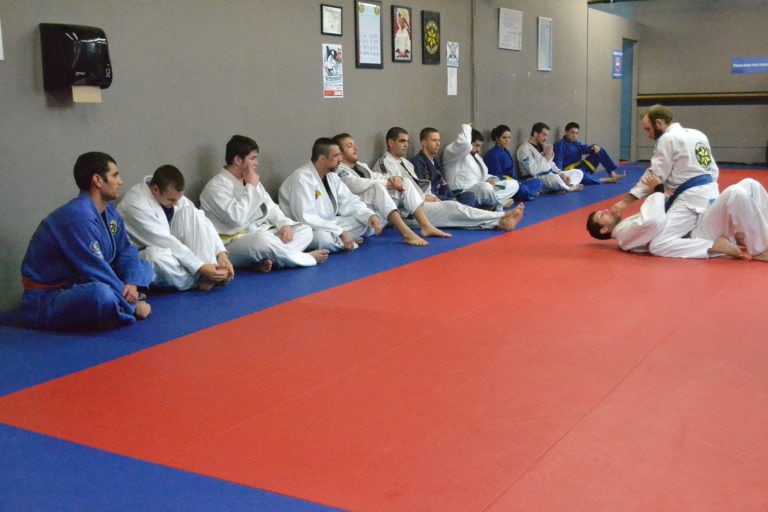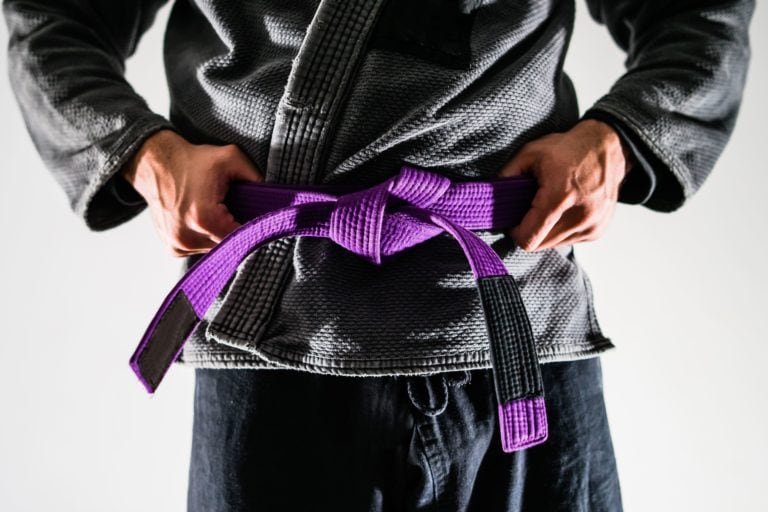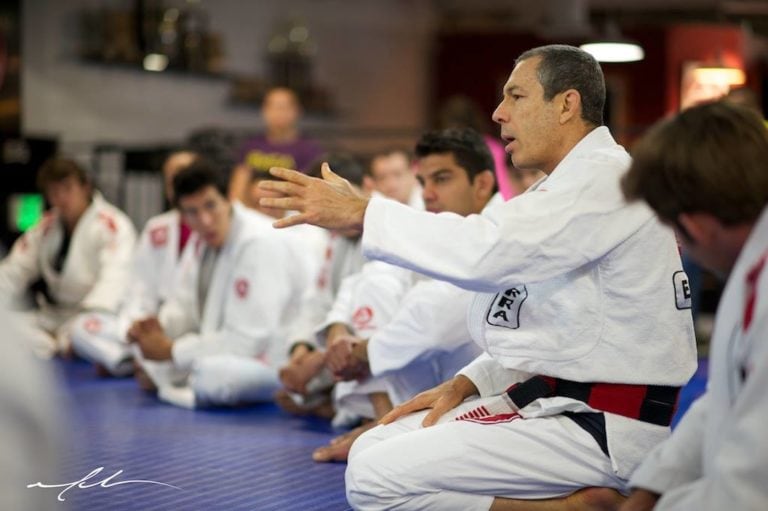What Is Combat Jiu-Jitsu, (Rules, History…)
Combat jiu-jitsu is a relatively new sport. It’s an interesting sport and matches are generally more exciting than regular jiu-jitsu matches. But, what exactly is it?
In general, combat jiu-jitsu is a mix of MMA, and sport jiu-jitsu. The rules of combat jiu-jitsu allow submissions, as well as, open-handed strikes. The main difference is that matches are fought on a large mat, and no kicks, knees, or elbows are allowed.
Today I will explain the rules of combat jiu-jitsu, how it started, and if it’s effective in a real fight. I’ll also cover how the competition circuit works, and how frequently competitions are held.
Who Started Combat Jiu-Jitsu
Modern-day jiu-jitsu has a reasonably simple lineage that traces back to Mitsuyo Maeda who immigrated to Brazil. However, combat jiu-jitsu is a lot newer. So, who started combat jiu-jitsu?
Combat jiu-jitsu was started by Eddie Bravo, a Brazilian jiu-jitsu black belt. Eddie Brave is the owner of 10th Planet jiu-jitsu. He is of Mexican heritage and a well-known friend of podcast MMA celebrity Joe Rogan.
As you may know, jiu-jitsu originated in Japan, where it was the military unarmed combat system. The best military were known as the samurai. After military conflict became a thing of the past in Japan, jiu-jitsu was adapted by Jigoro Kano into judo. Which, is modern-day judo that you see all around the world today.
Brazilian jiu-jitsu is the Brazilian adaptation of Japanese jiu-jitsu and brought jiu-jitsu back into favor with the first UFC. There are currently very few jiu-jitsu schools around the world. And most of the jiu-jitsu schools that see originate from Brazilian jiu-jitsu, when many of the founders traveled internationally to spread it around the world.
One such person was, Jean Jacque Machado. Eddie Bravo got his black belt from Jean Jacque Machado. The rules are slightly complex. But, in general, it’s a jiu-jitsu or grappling match where open hand strikes to the head and body can be thrown once people are on the ground.
Earliest combat jiu-jitsu practiced in Brazilian jiu-jitsu
Jean Jacque Machado is paraphrased as saying when he used to train jiu-jitsu, palm strikes were common. He says:
“In the summertime it was hot, we would all take off our gi tops, and slap each other. Some guys would leave the gym with slap marks all over their body.”
- Jean Jacques Machado. JRE podcast.
If you go to a jiu-jitsu school today you will virtually never see this type of sparring. Instead, jiu-jitsu practitioners will do ‘rolling’. This is where no slaps or strikes are allowed. Regular rolling is effective for practicing setting up, executing, and escaping the jiu-jitsu techniques. But, in many cases, a bit of adjustment is needed to account for strikes.
In a real-life fight such as MMA, strikes on the ground at very common, and are a very effective strategy. Therefore, combat jiu-jitsu is a ‘bridge’ between jiu-jitsu and MMA or a real fight. It allows a person to get used to strikes in MMA.
Taking full strikes like punches, knees, and elbows is quite extreme. And some people aren’t too keen to do it straight away. This makes combat jiu-jitsu a good option.
The Rules of Combat Jiu-Jitsu
Eddie Bravo is a well-known figure in Brazilian jiu-jitsu and has a blackbelt in jiu-jitsu. He’s credited with inventing competition combat jiu-jitsu, prior to that something similar was trained in Brazilian jiu-jitsu but is far less common nowadays. But what are the specific rules of combat jiu-jitsu?
Generally, it’s a jiu-jitsu tournament with open hand strikes to the head and body allowed once an opponent gets ‘to the ground’. To the ground is when a fighter is on their butt or knees. It’s also no-gi, where competitors wear shorts and a rash guard. Or, no shirt if they prefer.
There is a combat event known as the Eddie Bravo Invitational (EBI). It says the introduction of an overtime ruleset for competitive BJJ. These rules come into effect if no one wins by submissions. And is a sudden death type of format. An entire round is generally 10 minutes. After that, it goes to something similar to ‘overtime’.
A coin is flipped and whoever wins the coin toss gets to choose to attack or defend first. They also then choose what position they would like to attack from. There are two positions they can choose:
- The back completely taken
- The spiderweb
However, if one of the competitors was clearly dominating the fight then they get to choose whether to attack or defend first.
In jiu-jitsu, there is a hierarchy of positions. Positions that are better are far easier to submit a person from. In jiu-jitsu two of these positions are the back completely taken – the second-best position in all of jiu-jitsu. Or, what Eddie Bravo calls the spider web. This is where am arm lock is almost completely secured.
There is then a 2 minute round. The round ends if the person in the attacking position wins. Or the other person completely escapes. In either case, it goes to a new round. Each competitor gets three chances to attack. But, if in a round a person gets submitted. They have to submit the other person in the next round in a shorter amount of time or they lose.
The rare case that neither competitor gets submitted
In rare cases, a combat jiu-jitsu match will go to overtime and no one will submit the other person. The fight is then decided by who had the most ‘ride’ time. This is who is in a submission-type position the longest. For example, they have the back and are trying to get a rear-naked choke, or are in a triangle position trying to get the finish.
The time a person spends attacking from a very strong position is added up. And the person with the most time attacking is awarded the winner.
Additional interesting and unique rules
In combat jiu-jitsu, if competitors are entangled and go out of bounds the timer does not stop. However, if they go out of bounds and it’s reasonably safe for them to continue then the referee can let them continue.
Otherwise, they will ask the competitors to stop. They will then walk back to the center of the mat. Then they will get back into the same position they were in and the match continues.
Another interesting rule is if a person is lifted into the air with a triangle on. If this happens the referee will stop the match. As you may know, a triangle is a submission hold where one person has the other person’s neck squeezed in between their legs. This position is very dangerous if the other person lifts them up to slam them.
In which case, very experienced people will advise you to let go of the triangle. If a person is slammed they can hit the back of their head on the mat and get knocked out. Whereas, a chokehold typically takes about 8 seconds total before the other person will go unconscious.
Is Combat Jiu-Jitsu Effective
Various martial arts are fun to train. But, can be ineffective in a self-defense situation. Combat jiu-jitsu is very similar to a real fight, so here’s a summary of whether it’s effective.
In general, combat jiu-jitsu is effective. The ground submissions in combat jiu-jitsu are very effective in a real fight. Such as the standing guillotine. However, kicks aren’t allowed in combat jiu-jitsu. Therefore, additional training would be required to be able to defend against kicks.
Elbows are also not allowed in combat jiu-jitsu. As well as, strikes from the standing positions, and ‘dirty’ moves such as headbutts, groin strikes/grabs, biting, and eye gouges. Therefore, additional training to defend these is required.
To understand how effective it is, many competitors can be choked unconscious. Here’s a highlight video that shows when this occurs:
But, don’t worry after being choked unconscious virtually everyone is totally fine.
What Is Better Jiu-Jitsu or MMA
It’s true that some martial arts have a different focus, either grappling or striking. Many martial arts are well-rounded and cover both grappling and striking such as jiu-jitsu and MMA. Here’s the long and short of which is better.
Overall, MMA has more realistic sparring for a real fight. Most jiu-jitsu skills have a majority of the focus on sparring starting from the ground. Whereas, an MMA fighter trains in boxing, kickboxing, and jiu-jitsu which gives them far superior standup fighting skills compared to jiu-jitsu alone.
It does, however, vary from school to school. For example, the Gracie University curriculum teaches skills in avoiding striking. And getting to the clinch. This essentially nullifies any striking attacks. This is drilled a lot to where a person has a high level of skill in it.
But, in some jiu-jitsu skills, these skills aren’t trained very much at all. And mostly only ground skills are trained and practiced. Both are very effective for self-defense.
But, in jiu-jitsu throwing strikes is generally not taught as part of the jiu-jitsu curriculum. Throwing punches is viewed as a bad strategy because it’s very easy to break your hand or wrist.
